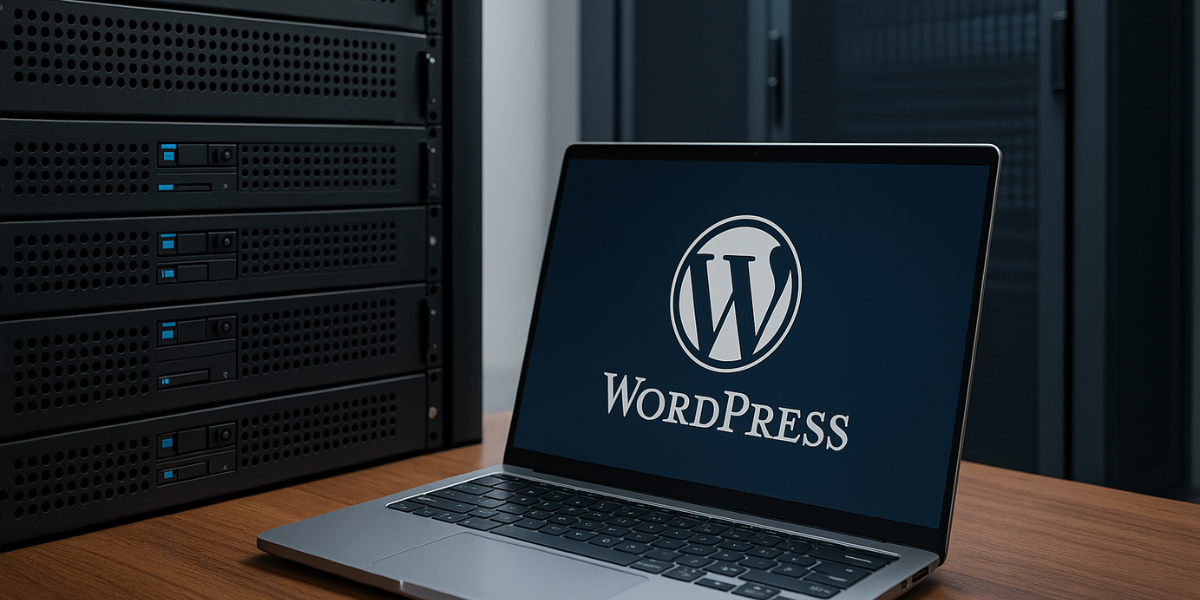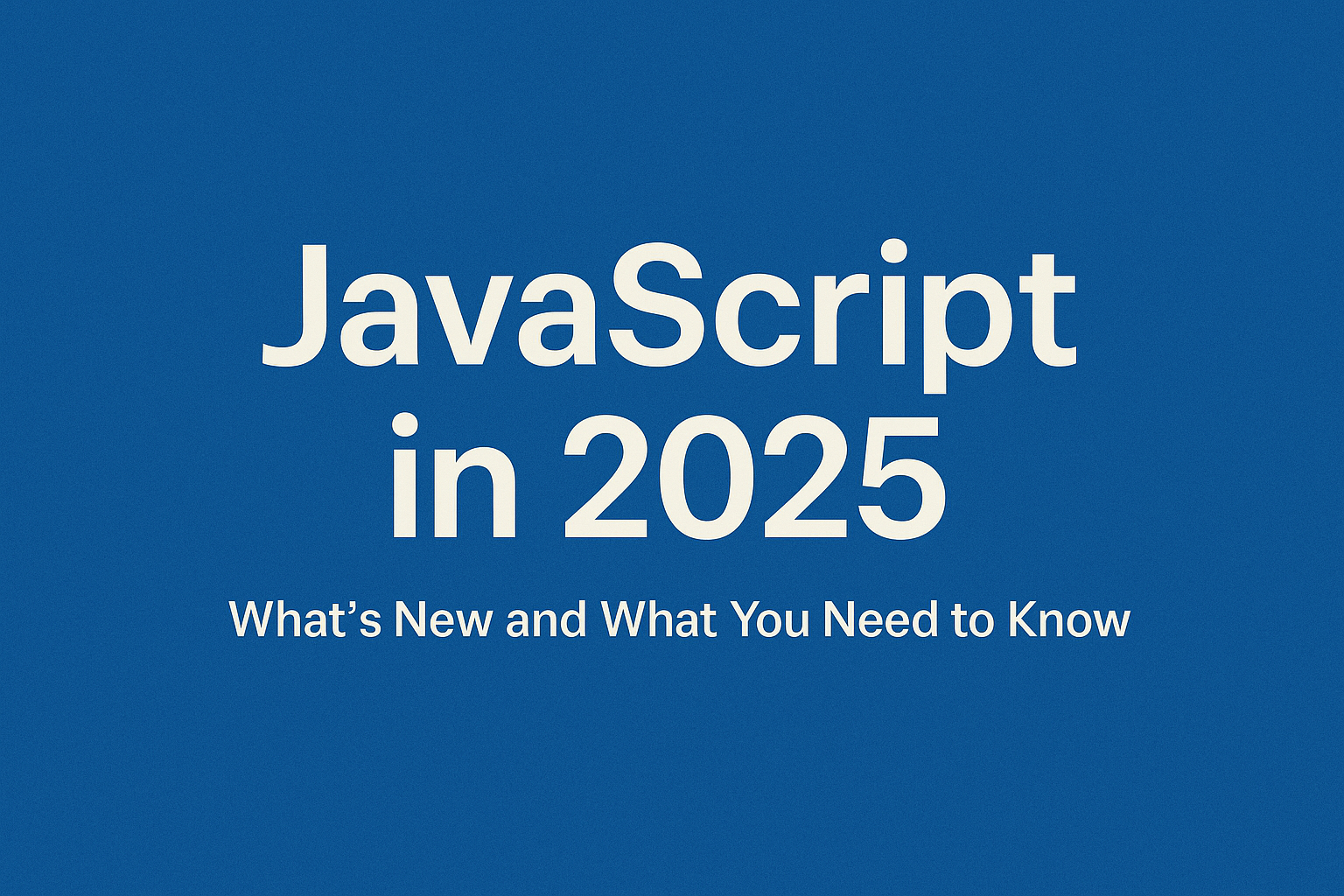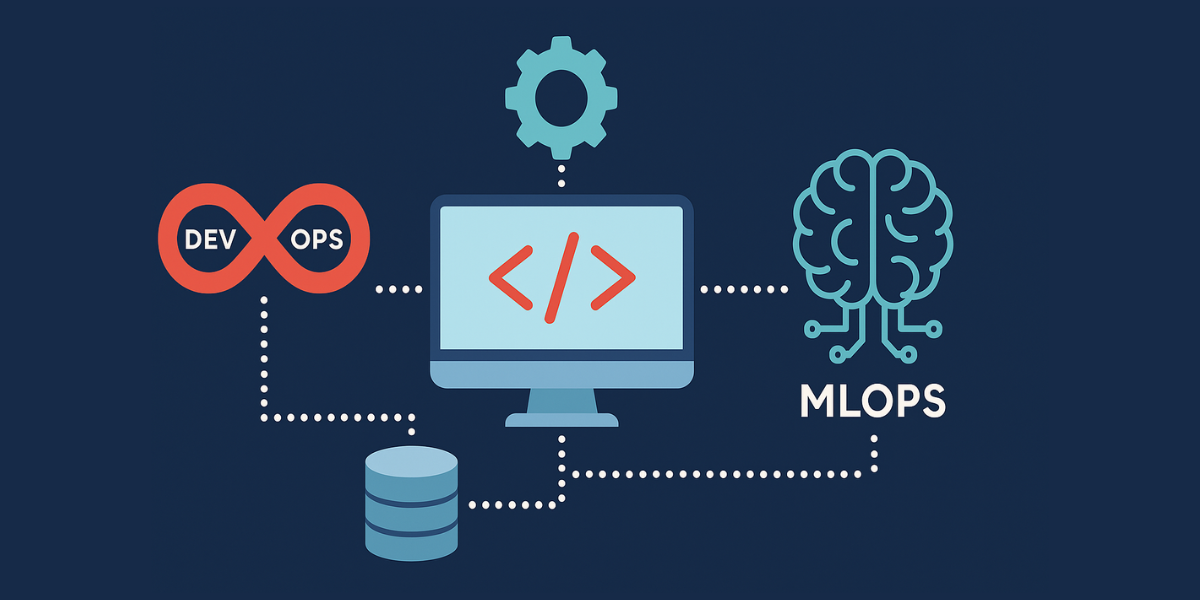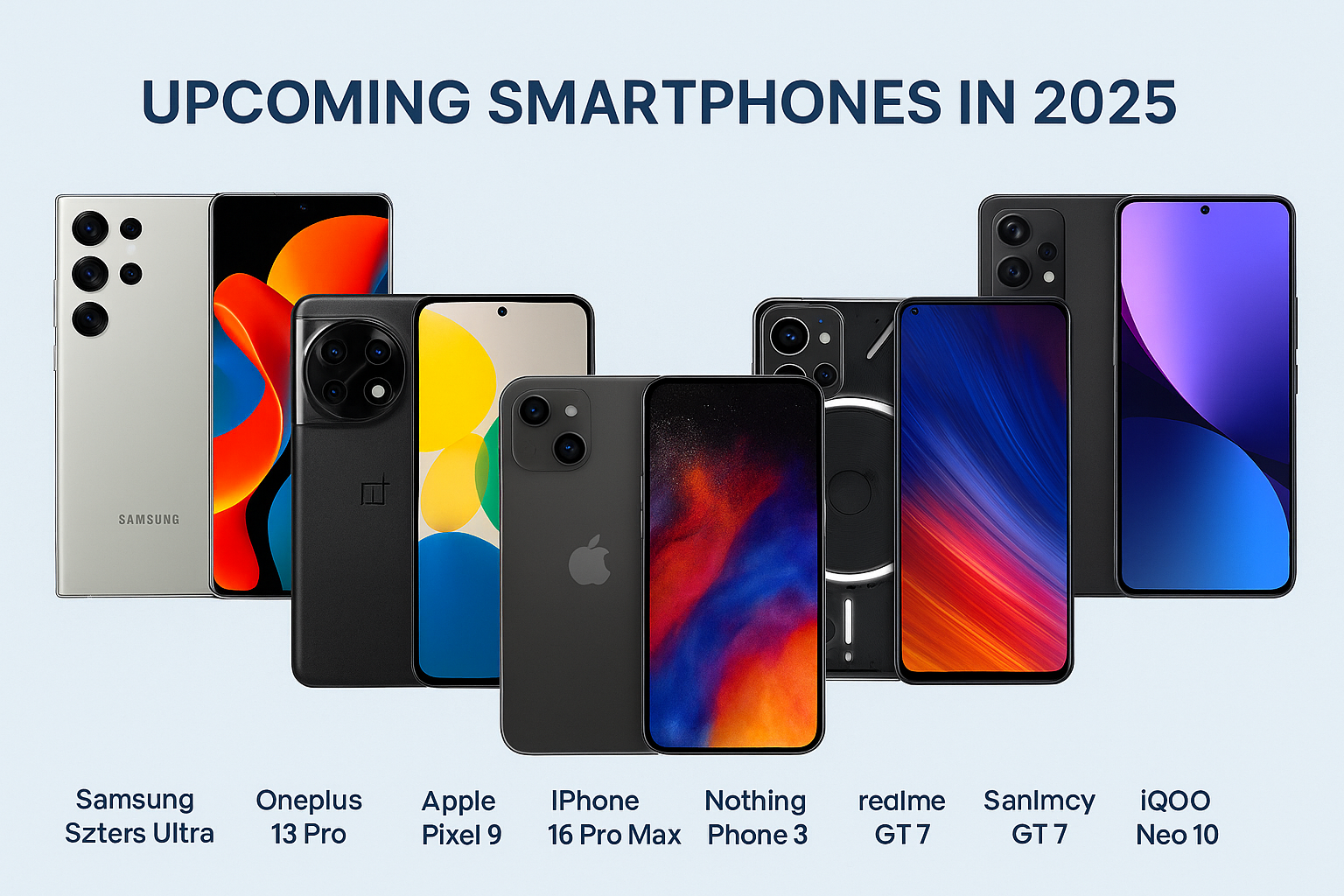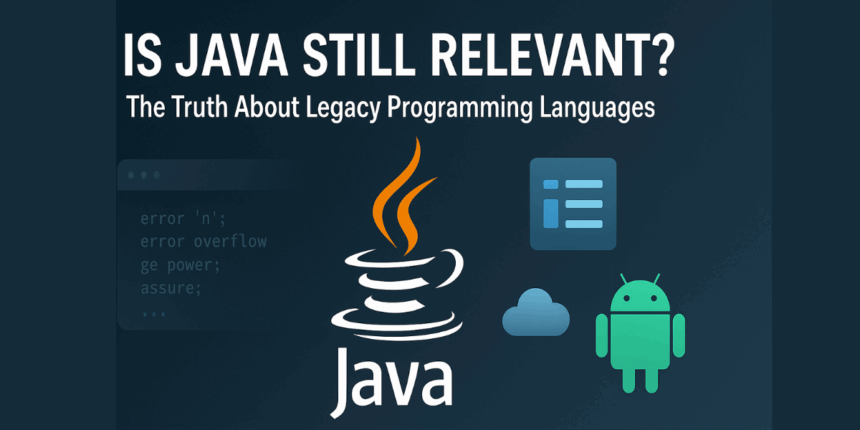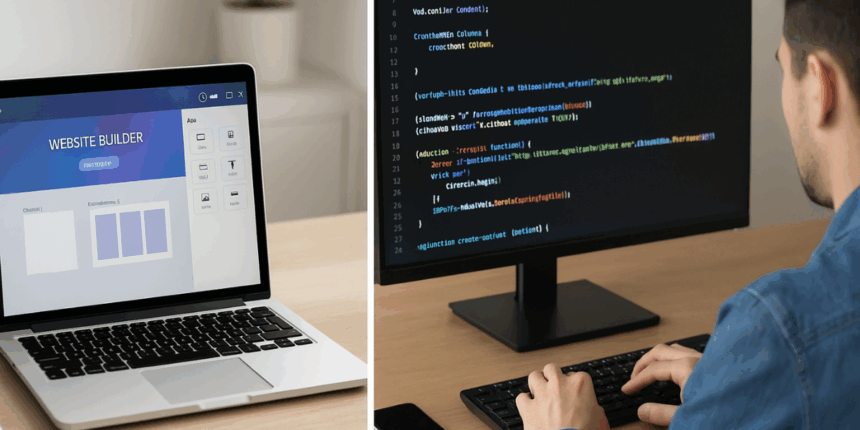The world of content management is evolving fast. With the rise of headless CMS platforms, traditional tools like WordPress face a pivotal question: Are they still relevant in a decoupled future?
The short answer? Yes—but with a twist.
Let’s explore how headless CMS is shaping the future of digital content, where WordPress fits into the picture, and what businesses should consider before making the switch.
What Is a Headless CMS, Really?
In traditional CMS platforms (like classic WordPress), the front end (what users see) and the back end (where content is created and stored) are tightly connected. This makes it easy for non-technical users to manage and publish content—but it can be limiting in modern multi-platform environments.
A headless CMS cuts off the “head” (the front end), leaving you with just the back end—an API-based content repository that delivers data wherever you want: websites, apps, digital displays, voice assistants, or smartwatches.
In short:
Traditional CMS = coupled content and design
Headless CMS = content delivered anywhere via API
Why Headless CMS Is Gaining Traction
The shift toward headless content management is powered by changing digital behavior:
- Omnichannel expectations—Content must adapt to mobile, web, IoT, AR/VR, and beyond.
- Performance matters – Decoupled front ends built with frameworks like React or Next. JS loads faster and ranks better.
- Flexibility for developers—You’re not tied to templates or PHP. Build anything, anywhere.
- Future-proofing – Headless CMS can scale and adapt without reworking everything.
Popular platforms like Contentful, Strapi, Sanity, and Hygraph are championing this movement, attracting developers and product teams across industries.
But What About WordPress?
WordPress powers over 40% of the web. That’s not a statistic to ignore.
At its core, WordPress is still a powerful and accessible platform for content publishing. It boasts a massive ecosystem of themes, plugins, and integrations. And for many businesses, especially content-heavy blogs and SMEs, it’s still the go-to choice.
However, the game is changing—and WordPress knows it.
That’s why the platform introduced its own REST API and is increasingly being used in headless mode. In this setup, WordPress still handles the back-end content management, but developers use JavaScript frameworks like Gatsby, Next.js, or Vue to build the front end.
This “best of both worlds” approach is helping WordPress remain relevant in a headless future.
Headless WordPress: The Middle Ground
So yes—WordPress can go headless, and many developers are already doing it.
Benefits of Headless WordPress:
- You still use the familiar WordPress dashboard.
- You can integrate with modern JS frameworks.
- You get improved security (no direct access to the WordPress front end).
- It’s easier to push content to apps, voice assistants, and more.
But there are trade-offs too:
- You lose access to many theme-based plugins.
- You’ll need a developer to manage the front end.
- It adds complexity and setup time.
If you’re running a content marketing site, magazine, or personal blog, this might be overkill. But for larger projects or multi-channel brands, headless WordPress can offer the scalability and flexibility you need.
Headless CMS vs. WordPress: Use Case Breakdown
Here’s a quick breakdown of who should choose what:
Choose a Headless CMS if you:
- Are building multi-platform experiences (web, app, kiosk, etc.)
- Have a skilled dev team comfortable with APIs and front-end frameworks
- Need speed, scalability, and performance at the core
- Want to integrate content with modern stacks like Jamstack
Stick with (or use headless) WordPress if you:
- Have a small-to-medium site focused on content delivery
- Want to maintain low overhead and easy workflows
- Use existing themes/plugins that handle most of your needs.
- Prefer ease of use for non-technical users
Is Headless the Future?
Yes—and no.
Headless CMS offers serious advantages in flexibility and performance, especially in a world where content is no longer tied to a single screen.
But traditional systems like WordPress are far from obsolete. They’re adapting. WordPress in headless mode can act as a hybrid solution, allowing brands to modernize without starting over.
So the future isn’t about headless versus traditional. It’s about choosing the right architecture based on your goals, team, and content strategy.
Final Thoughts: Stay Flexible, Stay Ahead
If you’re just getting started or running a blog, WordPress still delivers unbeatable simplicity and reliability.
If you’re scaling or exploring cutting-edge digital experiences, a headless CMS may give you the agility and control you’re looking for.
But here’s the key takeaway: The future of CMS isn’t one-size-fits-all. It’s composable, API-driven, and adaptable. Whether that’s with WordPress at the core or a decoupled CMS from the ground up, the goal remains the same—delivering seamless content experiences to your users, wherever they are.
Want to dive deeper into the future of content technology?
At YourTechDigest, we break down trends, tools, and strategies shaping tomorrow’s digital platforms. Subscribe for actionable insights and tech-forward thinking—delivered straight to your inbox.









